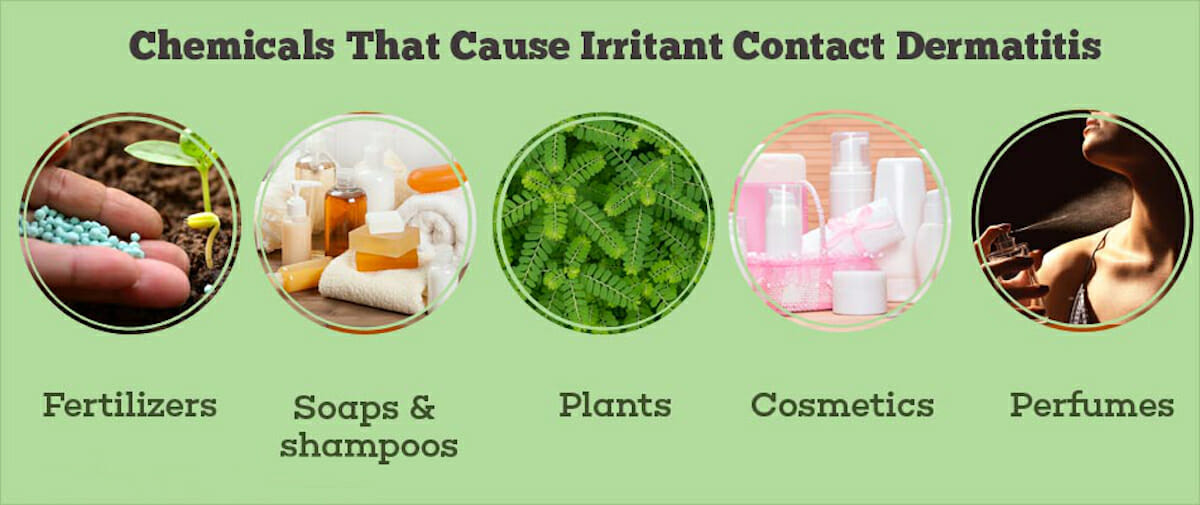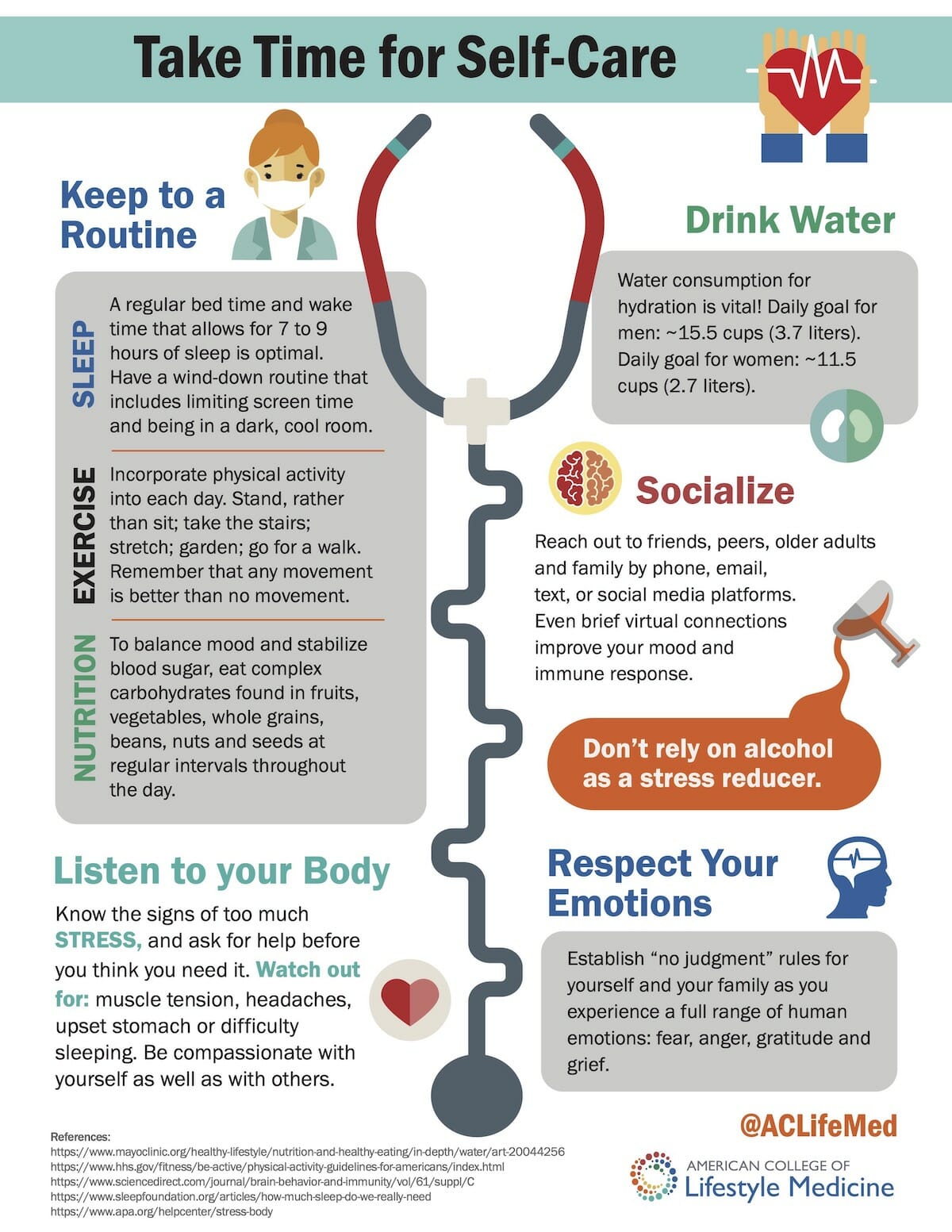By Christopher Byrne, PA-C
Almost all of us develop a red, itchy rash at some point. But this seemingly out-of-the-blue phenomenon, known medically as contact dermatitis, can be triggered by a variety of causes and usually responds to several home measures, according to Christopher Byrne, PA-C, of Advanced Dermatology P.C.
Contact dermatitis is an umbrella term for rashes caused by skin exposure to anything from soaps to cosmetics to fragrances, jewelry, or even plants, says Byrne.
“It’s not contagious or dangerous, but contact dermatitis is no fun to deal with,” adds Byrne, who has comprehensive experience in medical and cosmetic dermatology in patients of all ages. “Luckily, this pesky skin problem usually doesn’t last long.”
Two main types
A long list of substances can trigger contact dermatitis, Byrne notes. The most common type, irritant dermatitis, can result from exposure to:
Soap, detergent or fabric softener
Shampoo or hair dye
Weed killer or pesticide
Latex or rubber gloves
Cement
Chemicals or solvents
Meanwhile, the other type of the condition is known as allergic dermatitis. Confoundingly, allergic dermatitis might not happen the first time you’re exposed to an allergen, Byrne says. “It can happen at any time, whether the first, fifth or tenth time you’ve come in contact with it,” he adds. These allergens include:
Adhesives, such as those used for fake eyelashes or toupees
Topical antibiotics
Clothes and fabrics
Fragrances in perfume, soap, lotion and makeup
Nickel and other metals found in jewelry, buttons, bra straps and zippers
Poison ivy, oak, sumac or other plants
Latex or rubber gloves
Another complicating factor is that certain products can trigger contact dermatitis only after sun exposure. These products include sunscreens (ironically), shaving lotions, certain perfumes, coal tar products, and even oil from the skin of a lime. “That’s why contact dermatitis can be problematic to identify—so many things can bring it on,” Byrne says, “and some rashes take a few days to show up.”
Treatment options
While perplexing, Byrne says it’s important to figure out what might have caused your case of contact dermatitis. Why? Because determining the trigger raises the odds you’ll be able to treat the rash quickly and successfully.
First and foremost, avoid the offending substance once you know what it is, Byrne says. “Simply staying away from it typically gives the rash a chance to resolve on its own, even though it may take a few weeks to fully clear,” he adds.
Other home measures include washing affected skin with water to remove traces of the irritant or allergen; and using anti-itch creams such as calamine lotion or corticosteroids to calm inflamed skin. If these tactics don’t provide relief within several days, call your doctor, who may perform allergy testing to pinpoint what’s causing your skin reaction.
“Your doctor might also prescribe stronger ointments, creams or medications than you can obtain over-the-counter,” Byrne says. “There’s no reason to keep suffering from stubborn cases of contact dermatitis.”











